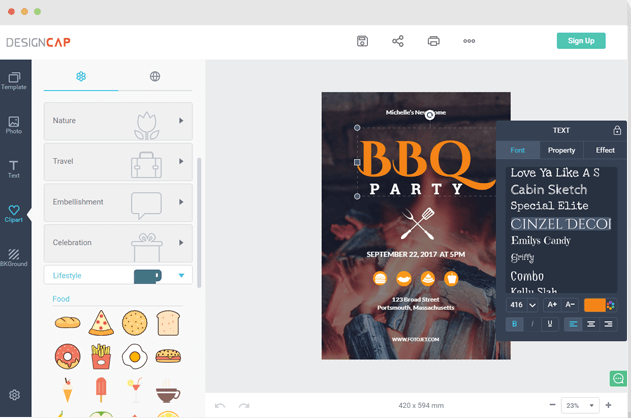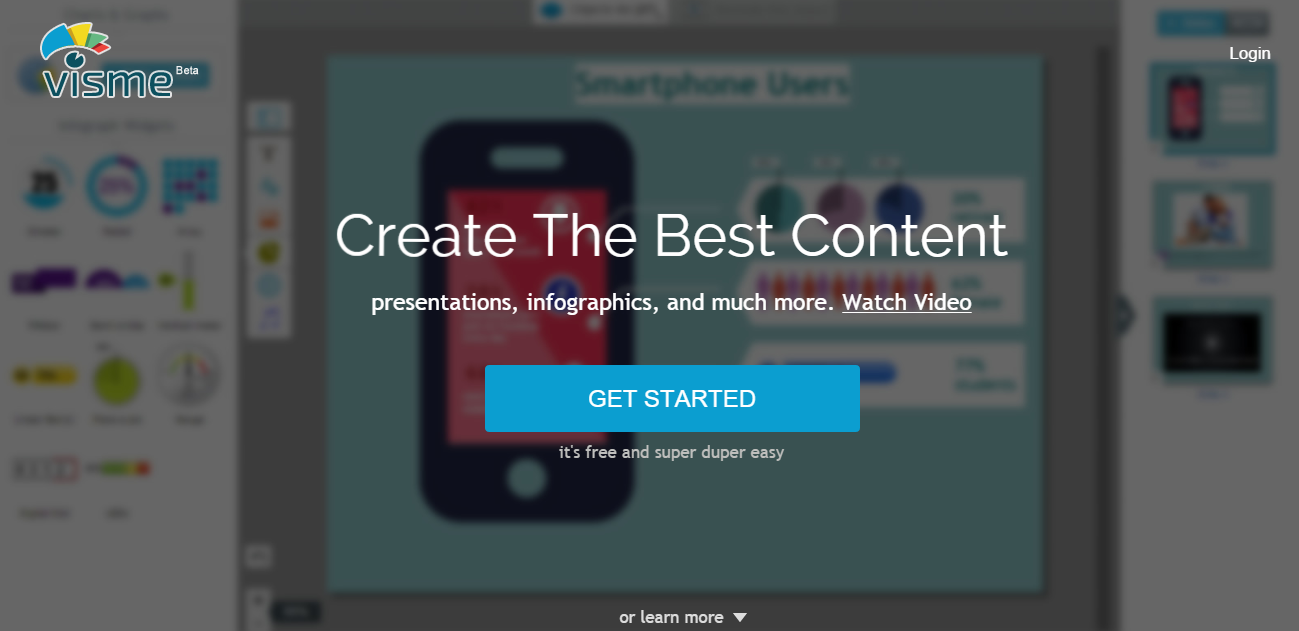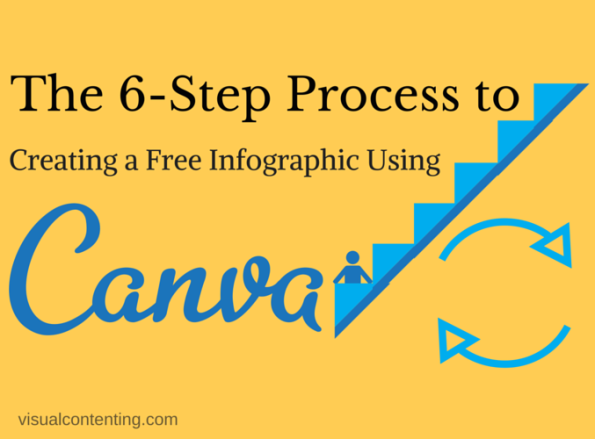As a digital marketer have you been wondering whether you need to focus on heavy duty content creation or not? Did you wonder if you could just skip the content part and concentrate more on simply pitching a lucrative business opportunity on Internet? Well, technically you can decide to skip content development altogether, but the real question is whether it would be a wise thing to do.
According to digital marketing experts, content creation is an aspect that no business can afford to avoid. Simply put, if you are not creating content, you are not adding value to your business' online presence. How else will your potential customers know about the products or services you sell? How else will they verify the credibility of the business? How else will you attract leads and clients? The less favorable idea is to spam Facebook groups, which will get you more unsubscribes than sign ups.
Another way is prospecting. Many businesses do it but not after completely doing away with content. There is no denying that content is and, for the foreseeable future, will stay the most leveraged way to attract new people to your business. Imagine, you create a video or a blog post, and it works as a channel for traffic inflow even after five years. Isn't that cool?
How Important Is Content?
Content helps you define your business' identity in the online space. It builds your brand and establishes you as a known authority in your niche market. Moreover, content is used throughout the entire lifecycle of the sales process. Convincing content also helps with longer customer retention. Here the important word being ‘convincing.' In order to ensure that the content you are using is relevant keyword-centric and is the best it can be, you need to go for content curation.
What Is Content Curation?
At its very base, curation refers to the process of making something better by extracting only the best of the subject matter and filtering out the rest. Say for example - the job of curating the exhibits at an art gallery, the job of curating music to create an excellent soundtrack and so on. Curating content is just as fun and equally important. After all, you want to engage your audience with the best of your content, not bore them with unnecessary stuff. Irrelevant content can not only lead your audience away from your site or blog, but they can even block your newsletters and other promotional efforts from reaching them.
For those who are not yet familiar with the concept of content curation, the process involves gathering necessary information from various authentic sources and developing a new content of value with relevant keywords based on the gathered information.
In case, you are just starting out with it, these four content curation tools are a great place to start:
Buzzsumo
Formerly a go to source for authentic and useful information for a large mass of content and social media marketers, Buzzsumo is one of the most revered content curation tools today. It enables you to type in any keyword or domain and then fetches you a valuable list of top rated content that has already been shared around the world. You can sort the content by date, type, take a look at the backlinks, set alerts and do a lot more.
Even though an average person spends more than ten hours in front of a screen, scrolling through different types of content, it is not always they get to go through all the content that they want to check out. Most people make a mental note to get back to a particular piece of content later; some even bookmark a page or two, but most of these content end up falling off one's radar. Well, there is no one to blame other than today's busy lifestyle. Pocket is an excellent tool that stops this from happening. It saves articles that you can read or link to later on. Besides having a robust search facility that makes it easy to locate a relevant piece of content, Pocket also enables you to tag and group content swiftly so that you can ensure that your content is getting all the attention that it deserves.
Feedly
If you like Google Reader, you will love Feedly. It is even considered to be the best RSS reader by many where you can sort content based on keywords. You can then organize the content as you want and choose to read them later. With a free edition of Feedly, you can get up to hundred feeds and share content on various social platforms. With the paid versions, you (and your team) can enjoy unlimited feeds, better support, and swifter integrations.
Curata
Curata is best described as an enterprise level tool as it caters to content that has more sophisticated curation needs. While this tool does not have a free version, it surely delivers for every bit you invest in it. Based on your customized profile, you get highly curated, quality content. Besides, it supports content management and reporting too.
Content curation style change with changing trends and these tools also update their features with time. Do a bit of research to know more about the most useful tools for current trends. Note that the tools mentioned above are there to help you create content, but you and only you can control the quality of the said content. For that, you would need to know your audience incredibly well. You would need to observe what challenges they are facing and how your services can satisfactorily resolve those issues. Yes, the content creation tools will help you to a great extent, but the brains and heart behind that content need to be yours. That counts for good marketing.








